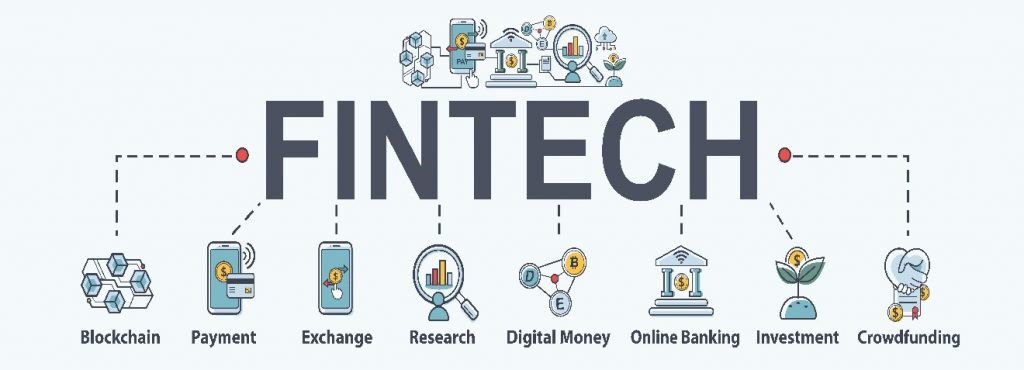
Waqfs under Islamic law and trusts under English law are very similar. Both trusts and waqfs involve detaining property, leveraging a 3rd party to manage decisions for that property, and the eventual distribution of that property to a beneficiary. Still, both of them have key differences that make them entirely different. Not only are waqfs created uniquely, but they have some legal components that differ drastically from traditional English trusts. To fully understand trusts, waqfs, and the differences between them, let us break them down by definitions and legal components.
What is Waqf?
“A waqf was void without an ultimate charitable object.” Thus, outwardly at least, the motive for the creation of a charitable trust was to perform good works and please God. Only this declared motive was relevant to the validity of the trust.” — Influence of the Islamic Law of WAQF on the Development of the Trust In England: The Case of Merton College
A waqf is a charitable trust (or endowment) under Islamic law that is inalienable, irrevocable, and perpetual. The term waqf directly translates to “detain,” and a waqf can be thought of as detaining property for charitable or religious purposes for the sake of Allah. An essential component of waqfs is that the assets being donated cannot be consumable. In other words, money can be donated, but it will be invested, and the interest from that investment will go towards the charitable cause.
Here are a few legal waqf definitions:
- Qurba: Getting closer to God through good deeds.
- Waqif: The founder of the waqf
- Mutawalli: The trustee for the waqf
There are two different types of waqfs — waqf al-Khairi and waqf al-Dhurri.
What is Waqf al-Khairi?
When a person plans to donate property, buildings, or assets for the sole purpose of virtue and charity for Allah, they are creating a waqf al-Khairi. Those who create waqf al-Khairi will choose public or quasi-public interests (e.g., mosques, roads, religious institutions, specific groups, etc.) The primary thing to note about these trusts is that they are being donated directly towards public (or quasi-public) charitable causes from the start.
What is Waqf al-Dhurri?
When a person plans to donate to a charity but wishes for their next-of-kin to receive benefits from that donation, they would create a waqf al-Dhurri. Like waqf al-Khairi, these waqfs can be both public and quasi-public.
The primary difference between waqf al-Khairi and waqf al-Dhurri is the allocation of the principal interest of the donated assets. With al-Khairi, both the remainder and current income are donated to charity, while the al-Dhurri allocates the remainder to charity and the current incomes to a next of kin.
What is a Trust?
A trust is a legal arrangement whereby a trustee holds onto assets granted by a granter for the behalf of a beneficiary. Trusts can be used to benefit charity, shield wealth from taxes, and distribute income to children upon death. However, charitable trusts (a specific subset of the English trust) is remarkably similar to the waqf. In fact, some scholars recognize the Islamic waqf as a primary influencer of English trusts and trust laws.
But that does not mean that they contain identical components.
The Differences Between a Waqf and a Trust
There are 3 primary differences between waqfs and trusts. For the purposes of this article, we are speaking specifically of charitable trusts and waqf-Khairi — since they are most similar in goal, reach, and concept.
1. Waqfs are Religious or Piously Based
All waqfs are created to promote charity as recognized by the Shariah. All waqfs must be “ayn” (capable of being touched), and the vast majority of waqfs are property and usufruct. However, waqfs can also be a donation of money, in which case the money will be invested into income-generating projects or investments and the generated income will be utilized for the charitable purposes of the waqf (or descendants in the case of waqf al-Dhurri)
In English law, trusts are legal tools that are typically leveraged to shelter income or benefit children. There is an immediate difference in concept and utilization due to the nature of the trusts. Waqfs are religious or pious, and they are legally dictated by the Qur’an and the Sunnah. English trusts, on the other hand, are dictated by a variety of legal documents and can be created for any reason.
2. Waqifs Cannot Receive Benefits from Their Waqf
When a grantor creates a trust, he or she can list themselves as the beneficiary of that trust. In the case of living trusts and self-settled trusts, trusts can be utilized entirely as a tool to shelter income from taxes. Waqfs, on the other hand, require that the waqif receive no benefit from the waqf itself. The creation of a waqf is the benefit itself, and the creator is given Hasanah (or continuous “good reward”) through their charitable deed.
3. Waqfs are Both Irrevocable and Perpetual
Once a waqf is created, it cannot be revoked under any circumstances. The waqif has no rights to revocation and cannot give himself rights to revocation the moment that the waqf is announced. This is also important — waqfs are considered created the moment the waqif announces his intentions. Thus, the waqf is legal before legal papers are drawn up.
Waqfs are also perpetual. While the creation of a waqf immediately transfers assets to the charitable cause, waqfs can also be created posthumously. In this case, it would be dictated in the will — which is called a suspended waqf. In the event that the waqfs original beneficiary ceases to exist (e.g., a mosque eventually ceases to exist) the assets from that waqf will instead be utilized for one of the following:
- To benefit the poor
- To benefit religious knowledge
- To benefit a purpose nearly identical to the original purpose
- To benefit the upkeep of other waqf assets (i.e., the income of one waqf can be leveraged to pay for the upkeep of another waqf)
With English trusts, rights don’t have to be either perpetual or irrevocable. There are legal reasons that trusts can be revoked, and there are plenty of trusts that are not perpetual.
Businesses, investors, and individuals looking for assistance with waqfs or that are interested in establishing a waqf, contact us. Hammad & Al-Mehdar Law Firm is a leading Saudi Arabian law firm with over 35 years of experience, and we give people the legal tools to help themselves, their community, and the greater good of Saudi Arabia.









